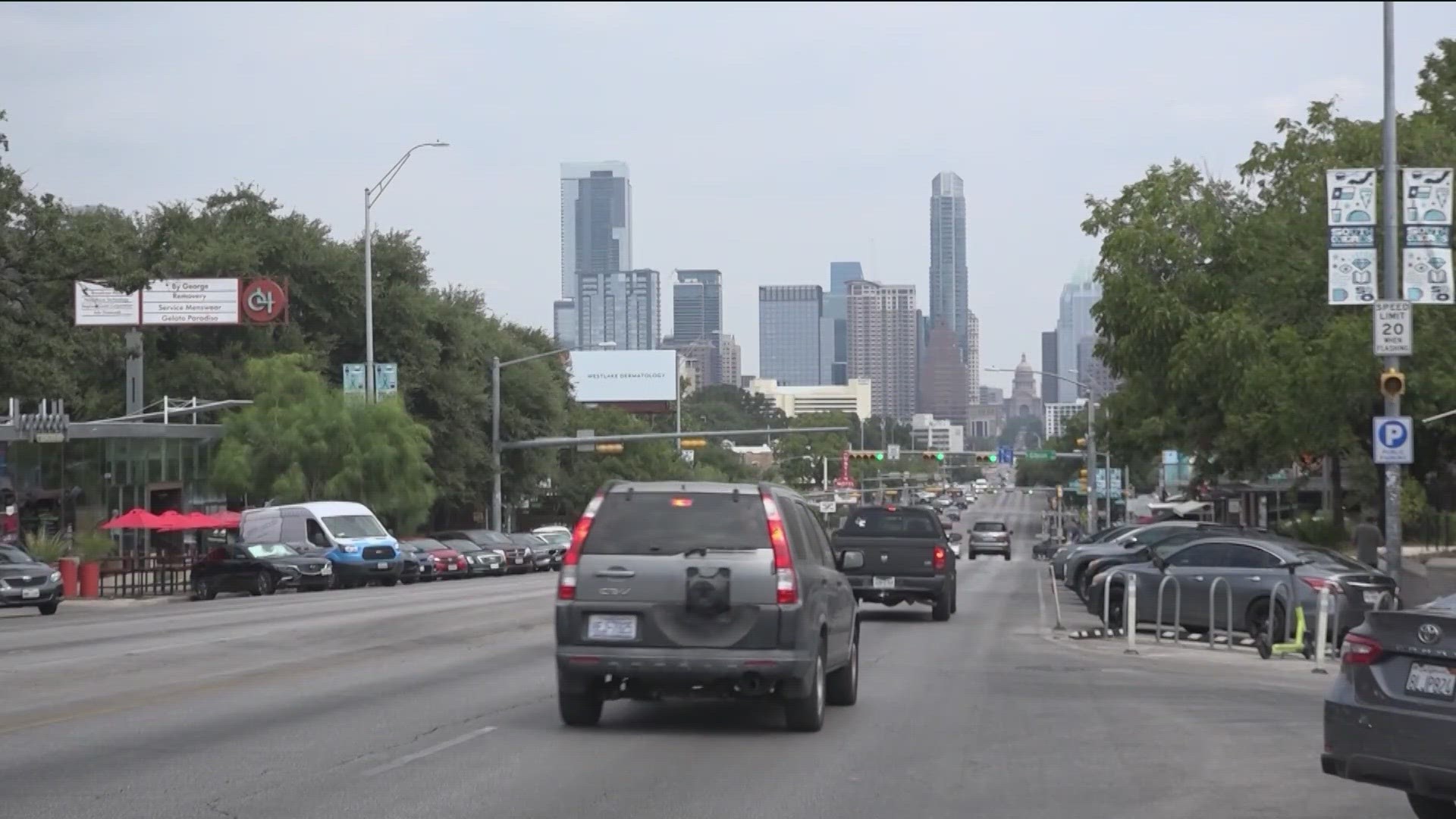AUSTIN, Texas — Soaring rent costs and inflation are Austin's reality in many cases, and it's leaving families trying to find ways to keep up.
That's why it's encouraging to see that a city pilot program designed to help Austinites deal with affordability issues is producing real results.
A "guaranteed income" program gave families $1,000 each month for one year to keep them in Austin.
A total of 135 families received the funding as part of a study done by The Urban Institute, which found that the money given during the program was used as intended. Families used the extra money on necessities like rent and food.
"We were able to invest in 173 households across Central Texas, providing $1,000 a month for 12 months," Ivanna Neri the Senior Director of Partnerships for the nonprofit Up Together, said.
A 2021 model from Up Together turned into the eventual pilot program with the city and 10 other partners in 2022, to serve 135 households. Those $1,000 payments didn't come with rules about how the money could be spent.
"What we learned through this pilot is that people were prioritizing spending on things like housing, basic needs, health care," Neri said.
RELATED: 'Don't know why I'm struggling' | Austin mom says she can no longer afford to live in her tiny home
To measure the program's success, the city and Up Together brought in a third party evaluator, The Urban Institute.
Even with no guidelines, analysts like Mary Bogle found that nearly every participant used the money to get ahead on things like rent, child care and grocery costs. The study mapped out areas that saw the most need.
"You can see there's a really high concentration of the guaranteed income pilot recipients were in the Eastern Crescent," Bogle said.
The study also found the median household income for the participants was around $30,000 – far less than half of Austin's median household income of $75,000 in 2020.
"We heard from one woman who actually had been homeless until she received her $1,000 a month, and she was using the $1,000 a month to save up. She was using it to pay for some of her housing expenses that she and her child needed in order to, you know, keep themselves stable," Bogle said.
Both Neri and Bogle said these stats prove that providing help can keep people living in Austin through affordability challenges, as well as create an exciting future for these programs.
And these programs will continue. The next one will start in the spring, and Neri said the city has already allocated enough funding for 85 Austin families this time around. The families will be chosen by the other 10 partners the city and the nonprofit are teaming up with.
Boomtown is KVUE's series covering the explosive growth in Central Texas. For more Boomtown stories, head to KVUE.com/Boomtown.

